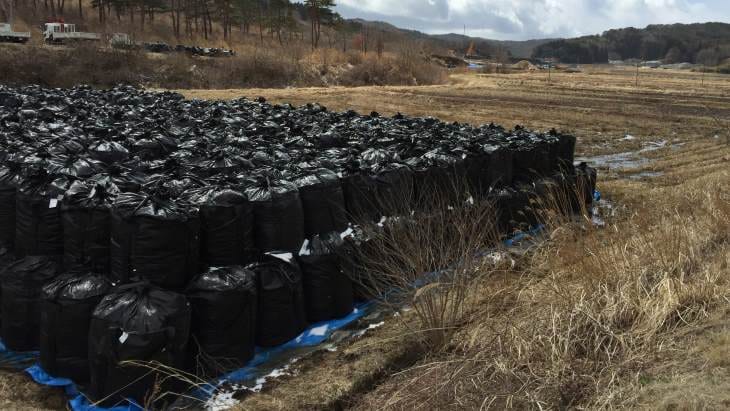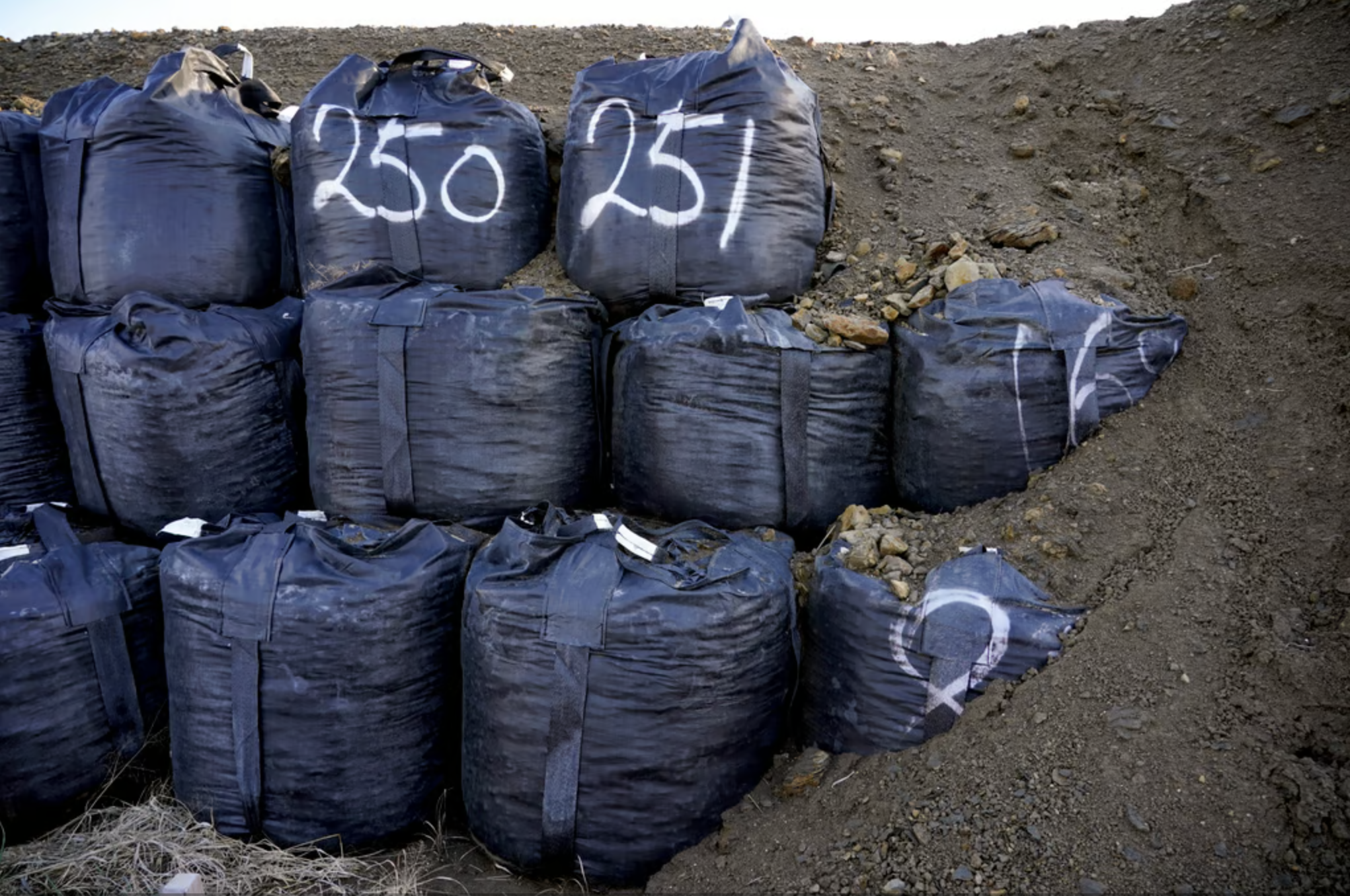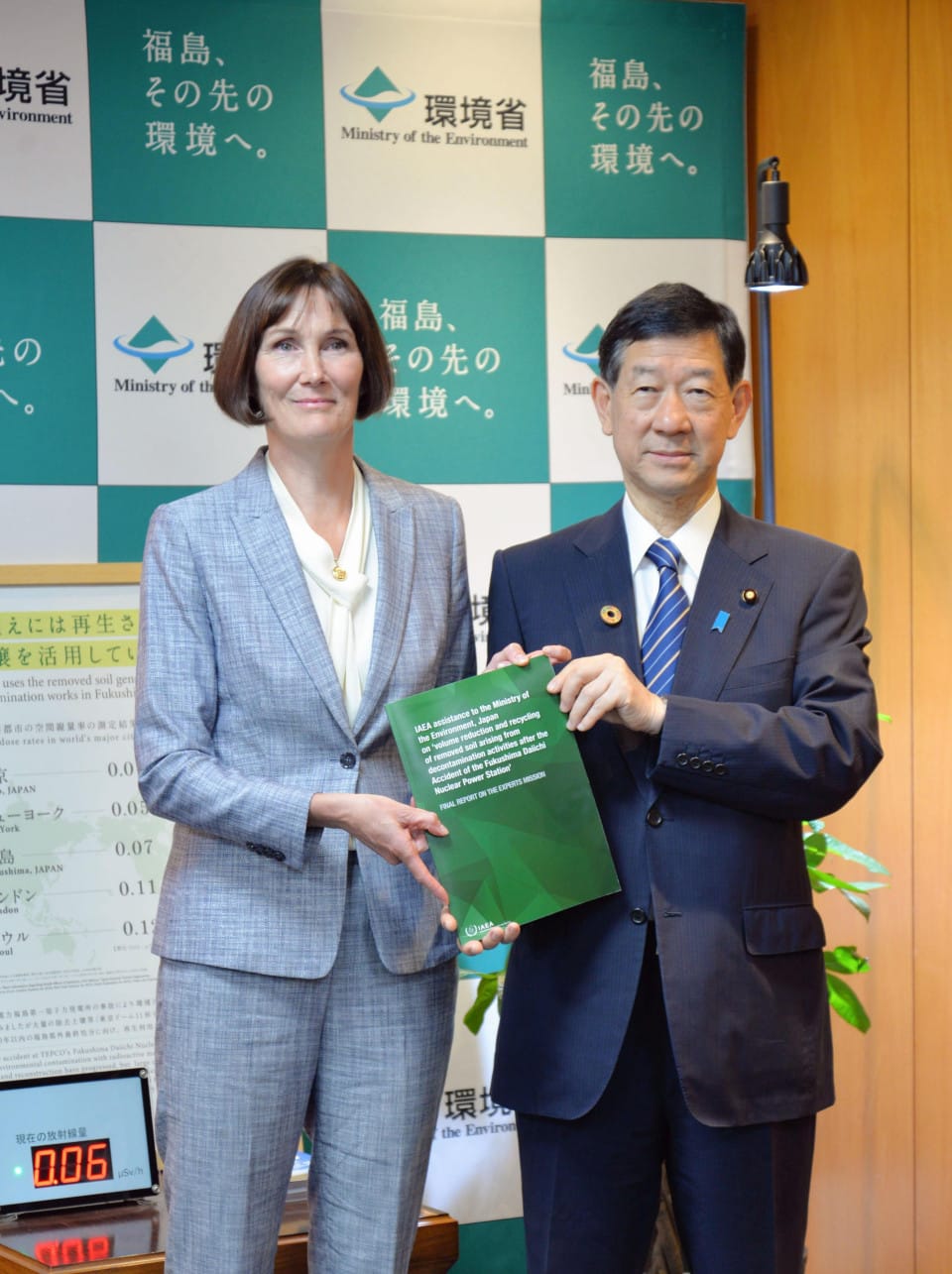Japan's Bold Plan to Recycle Fukushima's Radioactive Soil

How Japan’s groundbreaking strategy, backed by the IAEA, is reshaping disaster recovery—and facing local resistance
Table of Contents
- The Scale of the Problem
- Why Recycle the Radioactive Soil?
- The IAEA’s Role
- Challenges
- What’s Next?
As mentioned in our Fukushima Nuclear Cleanup article, the tragic 2011 Fukushima Daiichi nuclear disaster still echoes through Japan's efforts to manage the aftermath. One significant challenge has been the massive volumes of contaminated soil collected from the decontaminated areas near the site. Japan’s Environment Ministry, with the backing of the International Atomic Energy Agency (IAEA), is tackling this problem by implementing a soil recycling and disposal plan. While this plan has raised concerns locally, it also offers a roadmap for managing large-scale environmental contamination in the wake of nuclear accidents.
The Scale of the Problem
Since the accident, over 13 million cubic meters of contaminated soil have been removed during decontamination activities. This soil, primarily stored in temporary facilities near the Fukushima plant, represents not only a logistical challenge but also a massive environmental responsibility. For context, 13 million cubic meters of soil is roughly the equivalent of five Great Pyramids of Giza, stacked side by side. That's a staggering amount to manage, and it highlights the sheer scale of the cleanup efforts over the last decade.

Why Recycle the Soil?
Japan’s plan, which has been under review by the IAEA since 2023, aims to recycle ~75% of this soil. The soil being repurposed still contains levels of radioactivity, although relatively low (less than 8,000 becquerels per kilogram (Bq/kg)). It's been considered safe for public infrastructure projects such as road embankments, railways, and even agricultural use.
This isn’t just an environmental move—there’s an economic motivation here as well. Storing contaminated soil long-term is expensive, both financially and in terms of land use. By recycling this material, Japan reduces the burden on its interim storage facilities and lowers the cost of final disposal. In other words, Japan is turning a significant environmental liability into an asset—under strict safety measures.

Safety First: IAEA’s Role
The International Atomic Energy Agency’s role in this process has been crucial. Their final report, presented to Japan’s Environment Minister Shintaro Ito, concluded that Japan’s approach to recycling the soil is consistent with international safety standards. The IAEA’s expert team conducted three review missions in 2023 and 2024, examining both the interim storage facilities and soil recycling trials in Fukushima.
The 16-month review focused heavily on ensuring that the radiation exposure risks to both the public and the environment remain minimal. The IAEA confirmed that the radiation exposure limit for recycled soil (below 8,000 Bq/kg) can be safely achieved when used in controlled environments like construction projects. This conclusion is a significant endorsement and validates the efforts of the Japanese government and encourages further progress in soil recycling.

Challenges
Despite the initial positive report, challenges still remain. A proposed soil recycling demonstration project at Tokyo’s Shinjuku Gyoen National Garden was postponed due to public opposition. Understandably, many locals are concerned about the potential risks of using soil that, although decontaminated to safe levels, still carries the legacy of a nuclear disaster.
Additionally, while Japan plans to recycle the majority of the soil, ~25% of it will remain too radioactive for safe reuse. The final disposal of this soil is a long-term project, with the government targeting completion by March 2045. The plan is to find sites outside Fukushima Prefecture for this material, but identifying suitable locations for permanent disposal could prove difficult, given the safety and political considerations involved.
What’s Next?
The Ministry of Environment plans to develop specific recycling standards by the end of fiscal year 2024, which will govern how the soil is handled to minimize any risks associated with radiation and contamination. These standards are essential for both public confidence and the long-term success of the project.
Additionally, Japan’s government is working on addressing public concerns and ensuring that the recycling efforts align with community expectations. While the IAEA report is a strong endorsement, the success of the plan will also depend on continued transparency, local engagement, and strict adherence to safety protocols.
The Fukushima soil recycling project represents a critical step in Japan’s ongoing recovery from the 2011 disaster. It’s a plan that balances environmental sustainability, economic practicality, and public safety—although, as with any project of this scale and sensitivity, there are significant hurdles to overcome. By recycling 75% of the soil, Japan not only reduces the environmental footprint of the disaster but also demonstrates how careful management and international collaboration can address even the most daunting environmental challenges.
As Japan moves forward, the lessons learned from Fukushima could inform future responses to nuclear accidents worldwide. For now, Japan continues to tread carefully on its path toward recovery, one cubic meter of soil at a time.





